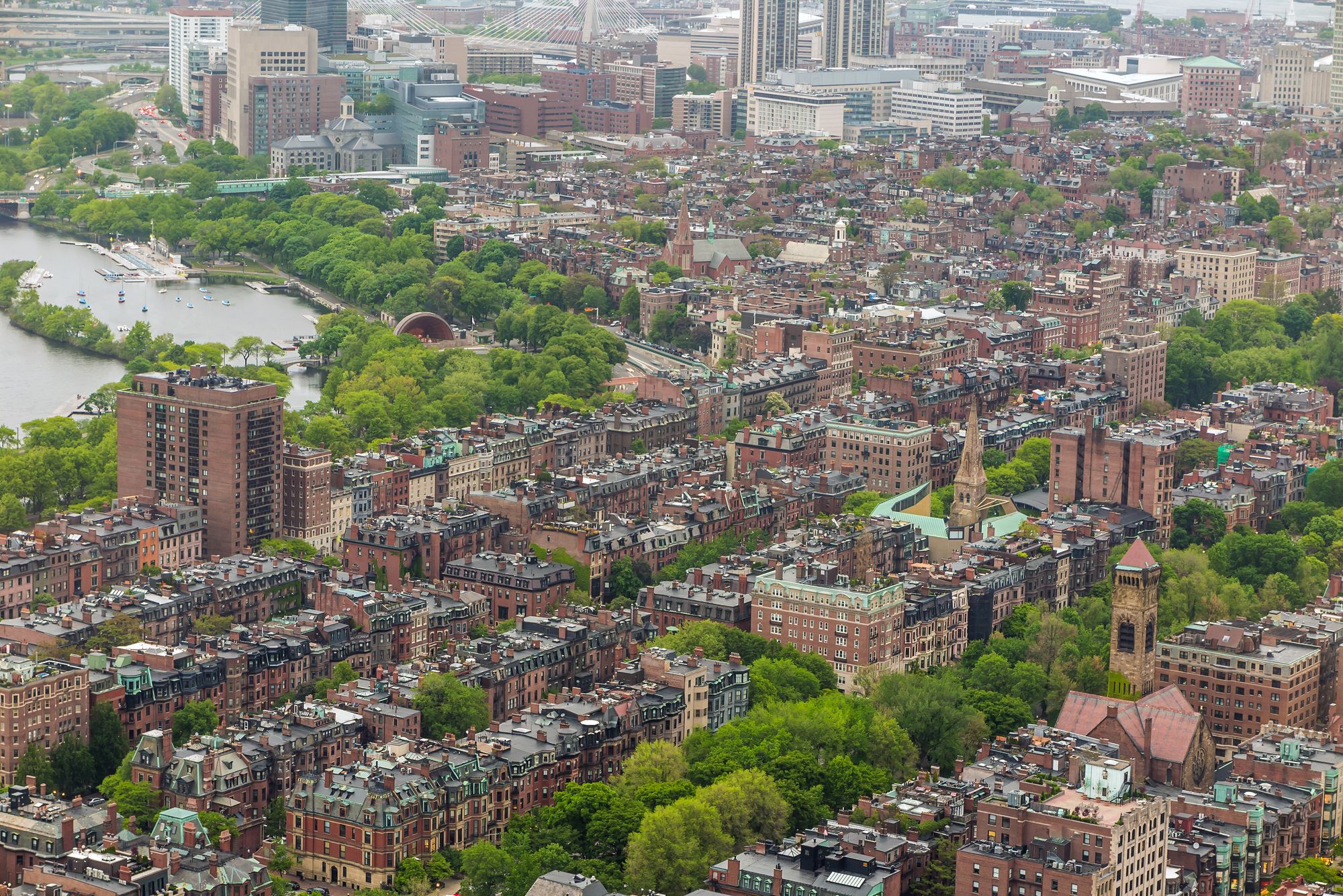
The Main Cause of Air Pollution in Cities: Traffic
Istanbul Technical University (ITU) Department of Environmental Engineering Faculty member Professor Levent Kuzu stated that traffic is the main cause of air pollution in cities. He emphasized that besides the number of vehicles, traffic congestion significantly contributes to air pollution.
Pollution Ups Health Care Costs
Professor Kuzu highlighted the direct negative impact of air pollutants on human health. He mentioned that an average person breathes about 15 cubic meters of air daily, resulting in exposure to pollutants through the respiratory system. The respiratory system is most affected by air pollution. Additionally, he pointed out the economic effects of air pollution, including increased healthcare costs, potential loss of productivity, and damage to materials and vegetation.
Professor Kuzu mentioned that before the use of natural gas in Istanbul, there was a serious air pollution problem. However, with the gradual transition to natural gas consumption for residential heating, the contribution of domestic heating to air pollution in city centers has significantly decreased.
To illustrate the impact of traffic-related air pollution, Professor Kuzu compared it with the COVID-19 lockdown period. He stated that during the full lockdown in April 2020, when human-related emissions were nearly zero, PM10 concentrations in Istanbul’s Beşiktaş district were measured at an average of 15 micrograms per cubic meter. In contrast, the annual average PM10 concentrations measured since 2021 range from 32 to 38 micrograms per cubic meter.
Traffic Causes City Air Pollution
Professor Kuzu mentioned that there are approximately 5.4 million registered vehicles in traffic in Istanbul, leading to a high density of vehicles per unit area due to the high-rise nature of settlements. He emphasized the avoidance of diesel vehicles in Europe and the importance of reducing their use to preserve air quality. Traffic congestion and the consumption of excessive fuel contribute to air pollution and economic loss. The vertical construction of buildings in congested streets makes it difficult for pollutants to disperse, resulting in higher exposure for individuals on these streets.
Professor Kuzu stated that traffic emissions are the main source of human-induced air pollution in city centers today. He suggested alternatives such as public transportation to reduce per capita emissions. Additionally, using solutions like electric bicycles and scooters for short-distance trips, known as micromobility, can significantly contribute to reducing air pollution. He also mentioned that rail systems and electric vehicles do not produce exhaust emissions, which can help reduce air pollution within cities.
‘EV Numbers Will Rise’
Professor Kuzu emphasized that while exhaust emissions are the first thing that comes to mind when considering pollutants from vehicles, particles from tires and roads are also released into the air due to friction from brake pads and tire wear. He explained that various volatile organic compounds escape into the air during fuel filling at gas stations. As the number of electric vehicles is expected to increase in the future, exhaust-related air pollutant emissions will decrease in densely populated urban centers. However, emissions from other sources will continue to be released into the atmosphere.
SDGs, Targets, and Indicators
1. Which SDGs are addressed or connected to the issues highlighted in the article?
- SDG 3: Good Health and Well-being
- SDG 11: Sustainable Cities and Communities
- SDG 13: Climate Action
2. What specific targets under those SDGs can be identified based on the article’s content?
- SDG 3.9: By 2030, substantially reduce the number of deaths and illnesses from hazardous chemicals and air, water, and soil pollution and contamination.
- SDG 11.6: By 2030, reduce the adverse per capita environmental impact of cities, including by paying special attention to air quality and municipal and other waste management.
- SDG 13.2: Integrate climate change measures into national policies, strategies, and planning.
3. Are there any indicators mentioned or implied in the article that can be used to measure progress towards the identified targets?
- Indicator for SDG 3.9: Number of deaths and illnesses attributed to air pollution.
- Indicator for SDG 11.6: Ambient air pollution levels in cities.
- Indicator for SDG 13.2: Adoption of policies and measures to mitigate air pollution and reduce greenhouse gas emissions.
Table: SDGs, Targets, and Indicators
| SDGs | Targets | Indicators |
|---|---|---|
| SDG 3: Good Health and Well-being | 3.9: By 2030, substantially reduce the number of deaths and illnesses from hazardous chemicals and air, water, and soil pollution and contamination. | Number of deaths and illnesses attributed to air pollution. |
| SDG 11: Sustainable Cities and Communities | 11.6: By 2030, reduce the adverse per capita environmental impact of cities, including by paying special attention to air quality and municipal and other waste management. | Ambient air pollution levels in cities. |
| SDG 13: Climate Action | 13.2: Integrate climate change measures into national policies, strategies, and planning. | Adoption of policies and measures to mitigate air pollution and reduce greenhouse gas emissions. |
4. Create a table with three columns titled ‘SDGs, Targets and Indicators” to present the findings from analyzing the article. In this table, list the Sustainable Development Goals (SDGs), their corresponding targets, and the specific indicators identified in the article.
| SDGs | Targets | Indicators |
|---|---|---|
| SDG 3: Good Health and Well-being | 3.9: By 2030, substantially reduce the number of deaths and illnesses from hazardous chemicals and air, water, and soil pollution and contamination. | Number of deaths and illnesses attributed to air pollution. |
| SDG 11: Sustainable Cities and Communities | 11.6: By 2030, reduce the adverse per capita environmental impact of cities, including by paying special attention to air quality and municipal and other waste management. | Ambient air pollution levels in cities. |
| SDG 13: Climate Action | 13.2: Integrate climate change measures into national policies, strategies, and planning. | Adoption of policies and measures to mitigate air pollution and reduce greenhouse gas emissions. |
Copyright: Dive into this article, curated with care by SDG Investors Inc. Our advanced AI technology searches through vast amounts of data to spotlight how we are all moving forward with the Sustainable Development Goals. While we own the rights to this content, we invite you to share it to help spread knowledge and spark action on the SDGs.
Fuente: dailysabah.com

Join us, as fellow seekers of change, on a transformative journey at https://sdgtalks.ai/welcome, where you can become a member and actively contribute to shaping a brighter future.






